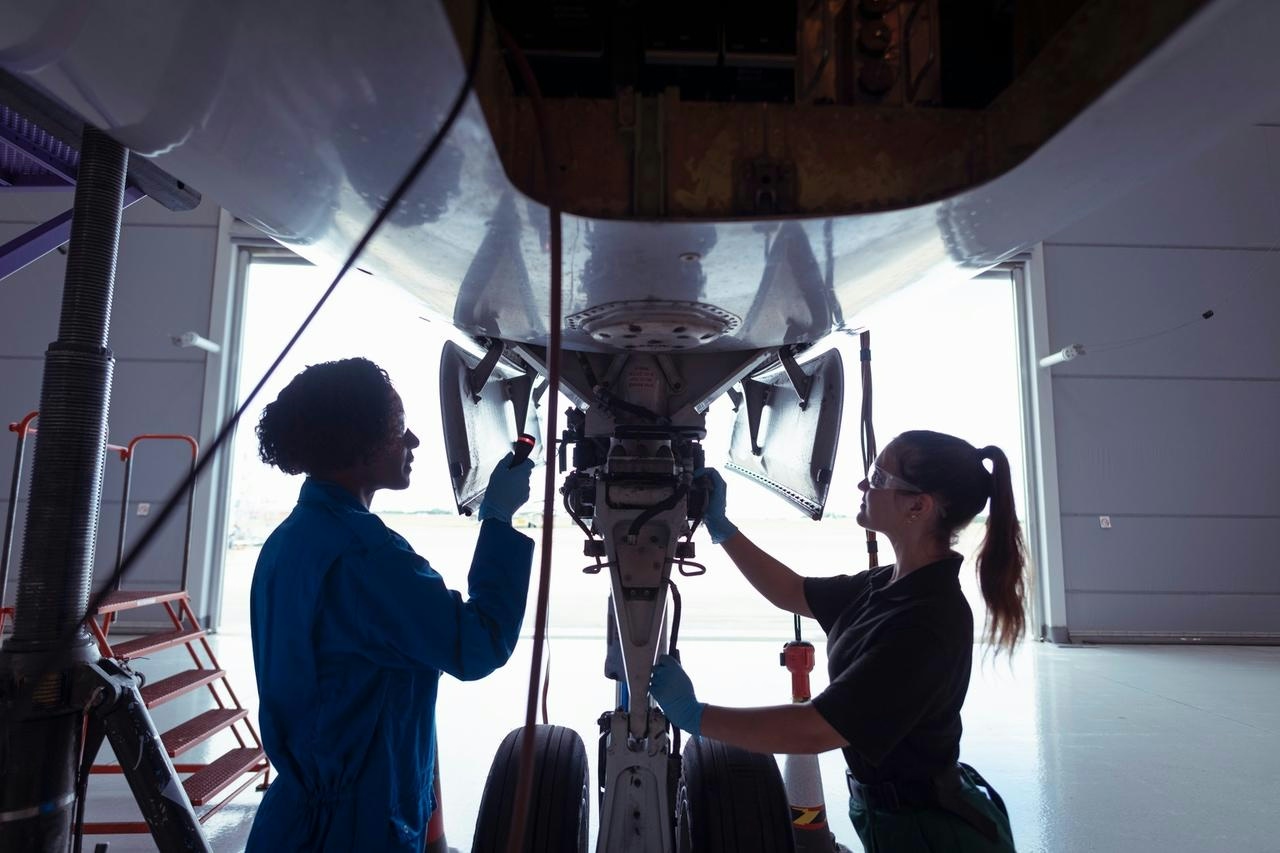
AeroGenie — ваш интеллектуальный второй пилот.
В тренде
Categories
airBaltic Reports Passenger Growth Despite July Decline
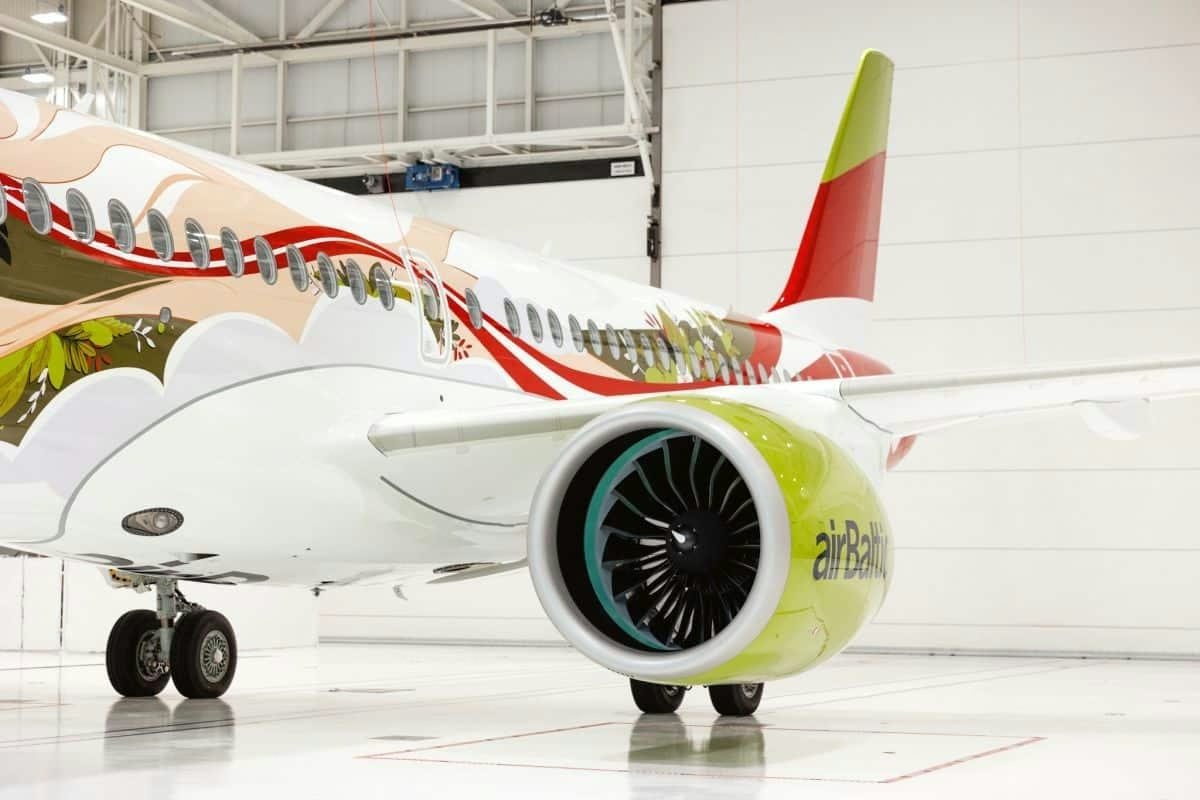
airBaltic Reports Passenger Growth Despite July Decline
July Figures Reflect Network Optimisation Impact
Latvian flag carrier airBaltic experienced a slight decline in passenger numbers in July 2025, transporting 539,300 passengers across its network—a 4% decrease compared to the same month in 2024. Flight operations also saw a marginal reduction, with 4,455 flights conducted, down 0.7%, while the load factor fell by 2.4 percentage points to 86.4%. The airline attributed this modest dip to network optimisation measures implemented earlier in the year, designed to enhance operational efficiency and better align capacity with shifting demand patterns.
Strong Year-to-Date Performance Amid Industry Challenges
Despite the July downturn, airBaltic’s overall performance for the first seven months of 2025 remains robust. The carrier recorded a total of 2,900,900 passengers from January through July, representing a 4.6% increase over the same period in 2024. Flight activity expanded by 2.6% to 26,969 flights, while the average load factor for the seven-month period reached a record 79.5%, up 0.6 percentage points year-on-year. These figures underscore the airline’s resilience in a challenging market environment marked by geopolitical tensions and restricted access to key markets such as Russia and Ukraine.
The broader European aviation sector continues to grapple with significant headwinds, including disruptions linked to crises in the Middle East, which have collectively cost airlines billions and exerted pressure on financial results. Nevertheless, airBaltic’s narrowed net loss and sustained passenger demand reflect a cautiously optimistic outlook. This sentiment is echoed by competitors like Ryanair, which have also expressed hopes for a full-year profit recovery, even as uncertainties persist.
airBaltic’s ability to balance short-term fluctuations with long-term growth strategies highlights its adaptability amid ongoing industry volatility. The record-high passenger numbers and improved operational efficiency achieved in the first half of 2025 position the airline to maintain momentum through the remainder of the year.
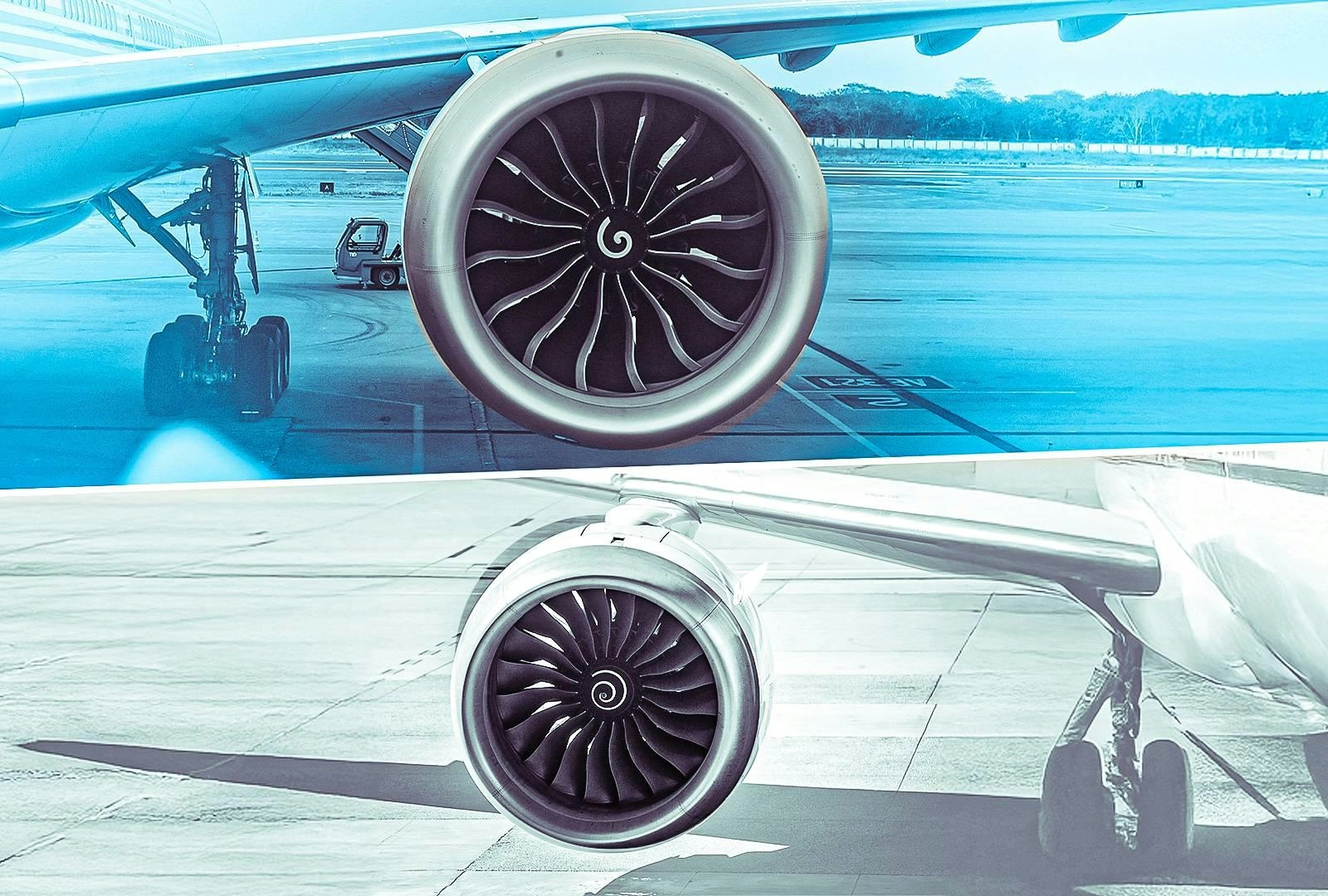
flydubai Signs Agreement with GE Aerospace for 60 GEnx-1B Engines
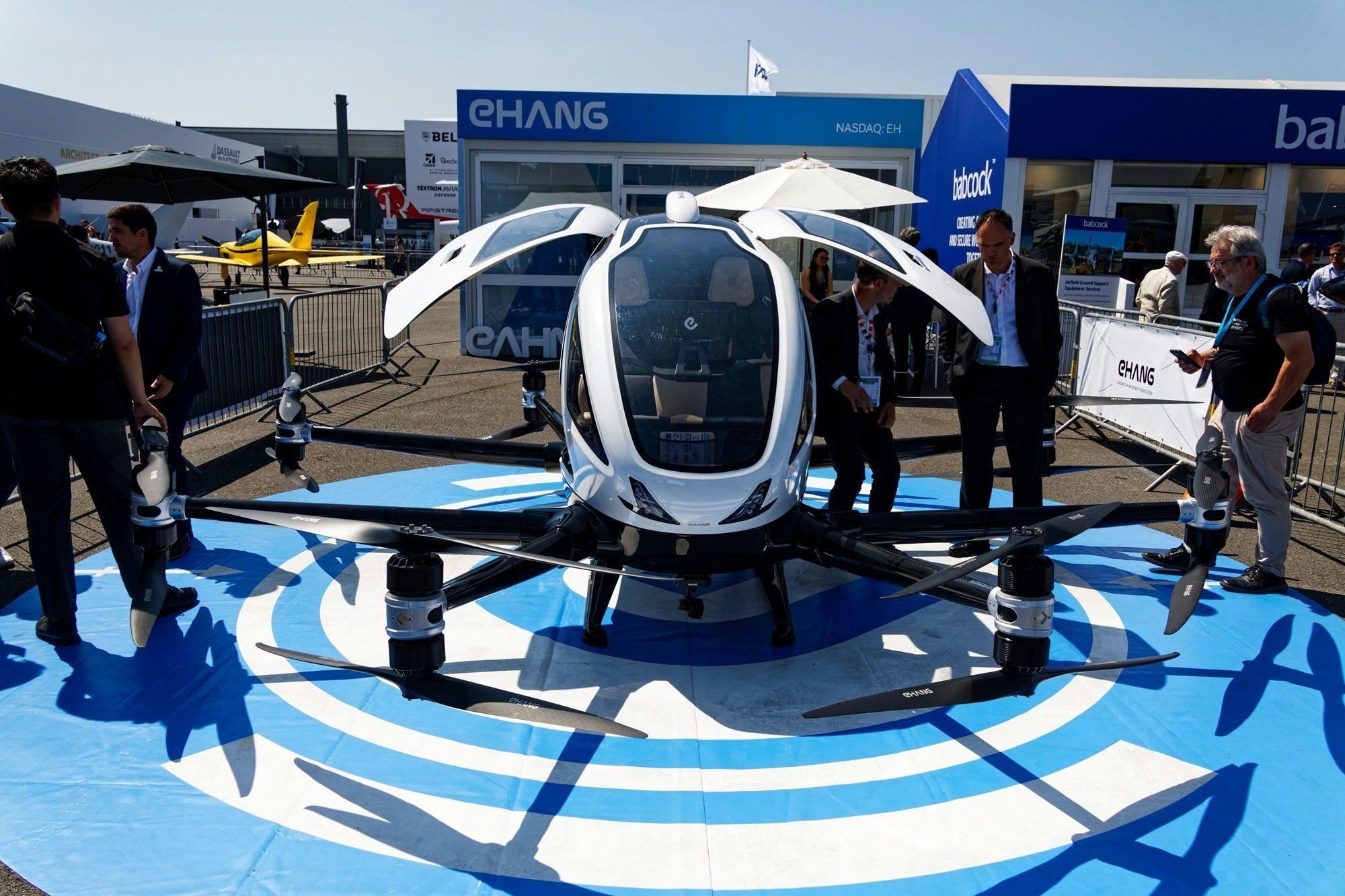
Flying taxi travel to be as easy as ordering an Uber, Dubai Airshow exhibitors say

Inside Zipline’s Approach to Drone Safety Testing
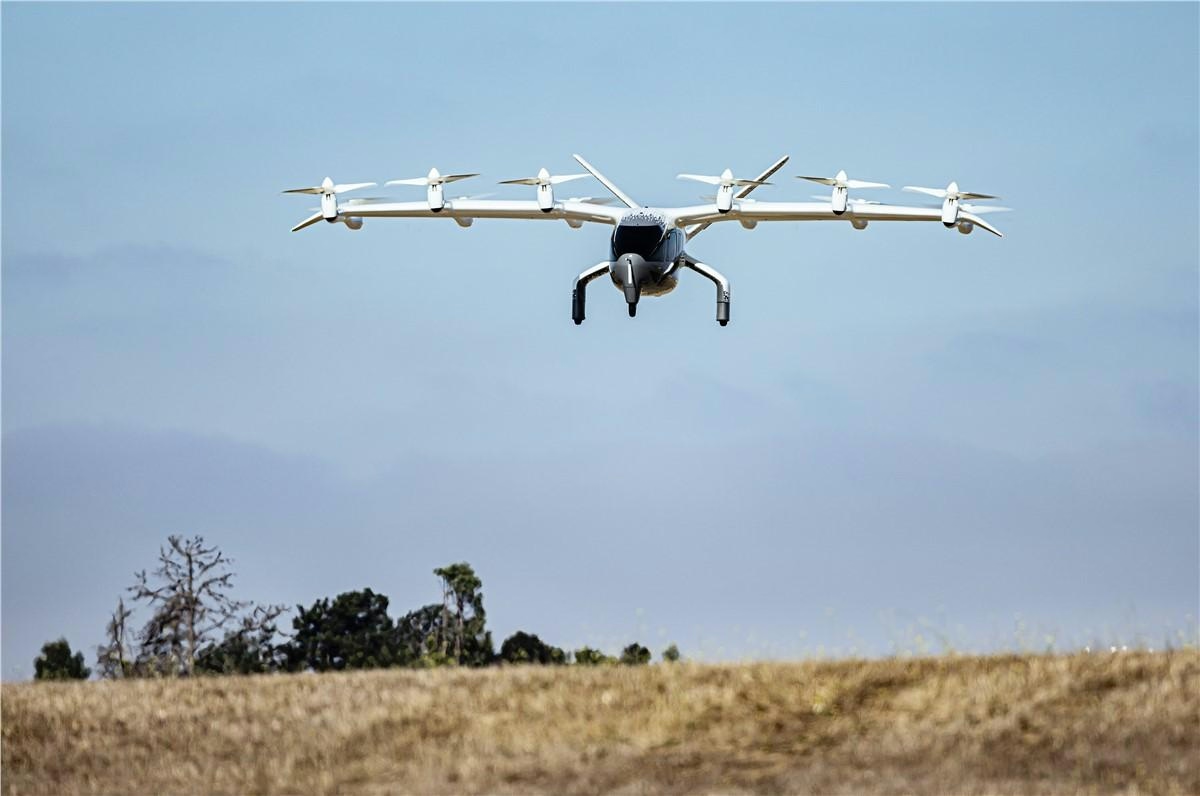
Joby Aviation Debuts Air Taxi at Dubai Airshow
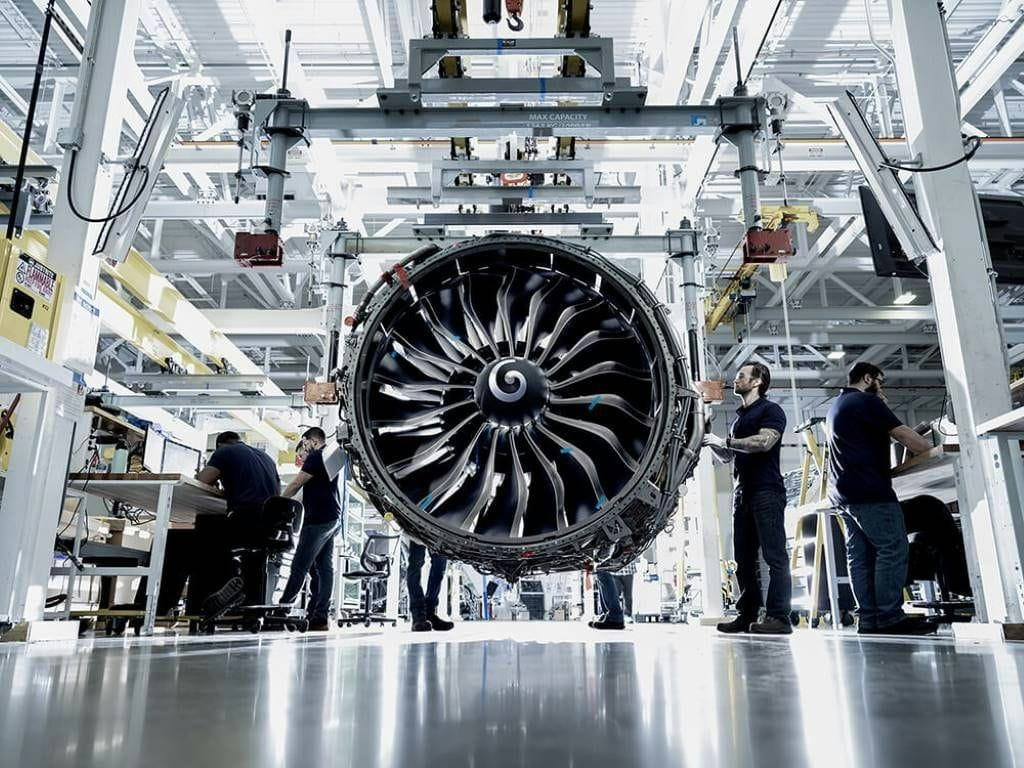
CFM International Advances LEAP Engine Development

AMMROC and Boeing Sign Memorandum of Understanding for Collaboration

Avolon Orders 100 LEAP-1A Engines for Airbus A320neo Fleet

Joby announces three new vertiports for Dubai network
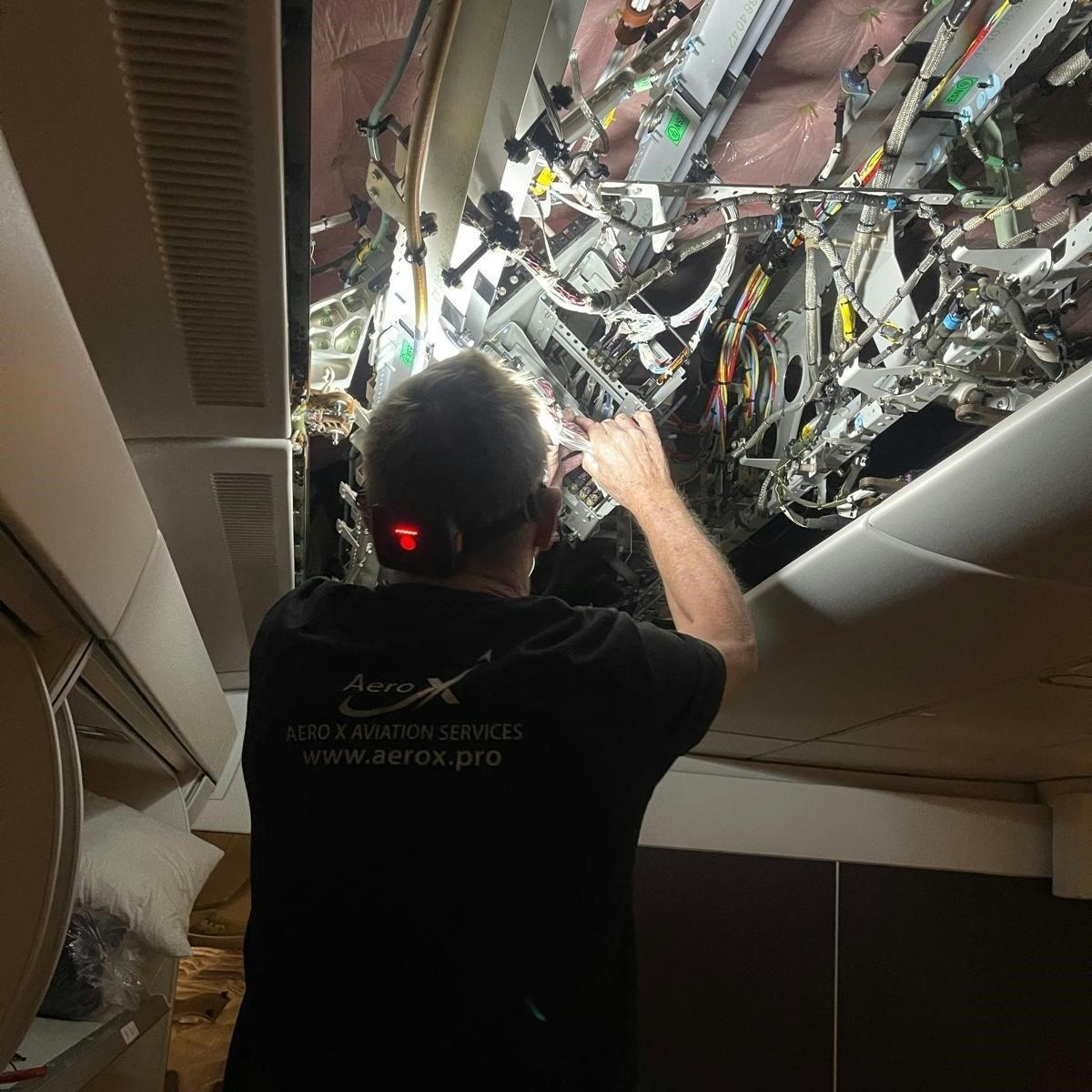
Vallair and AeroX Form Partnership for Rapid Starlink Installations
